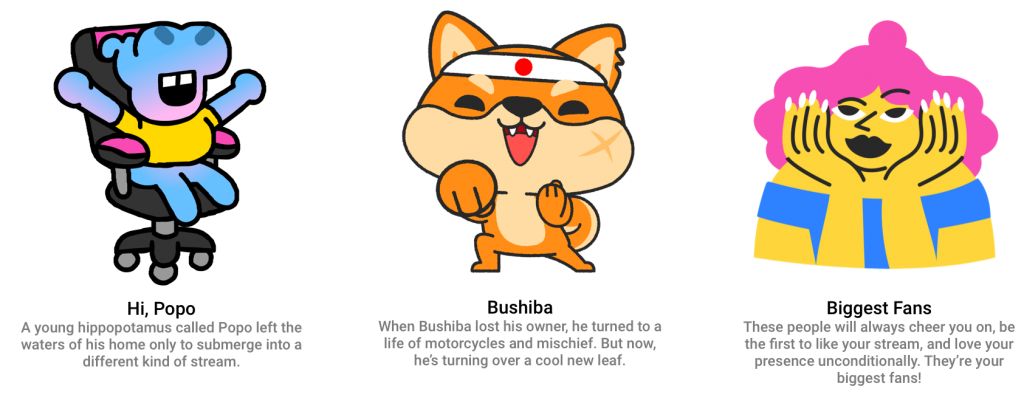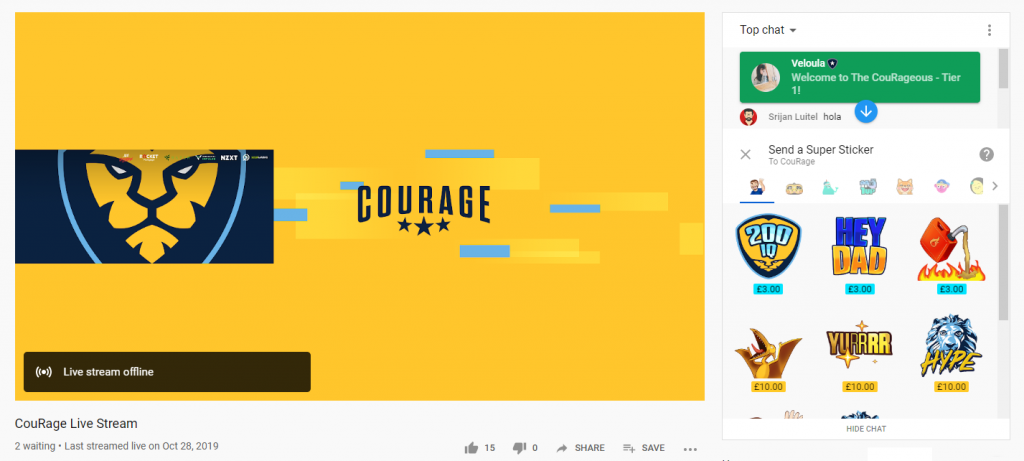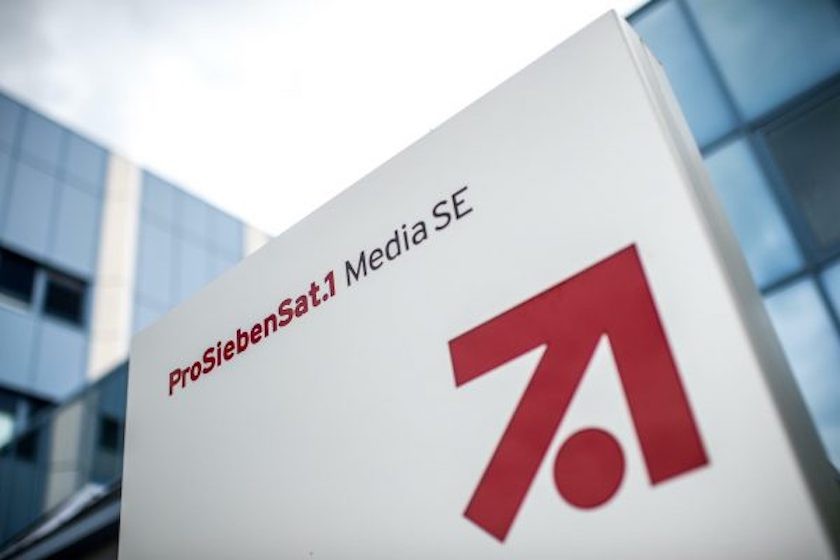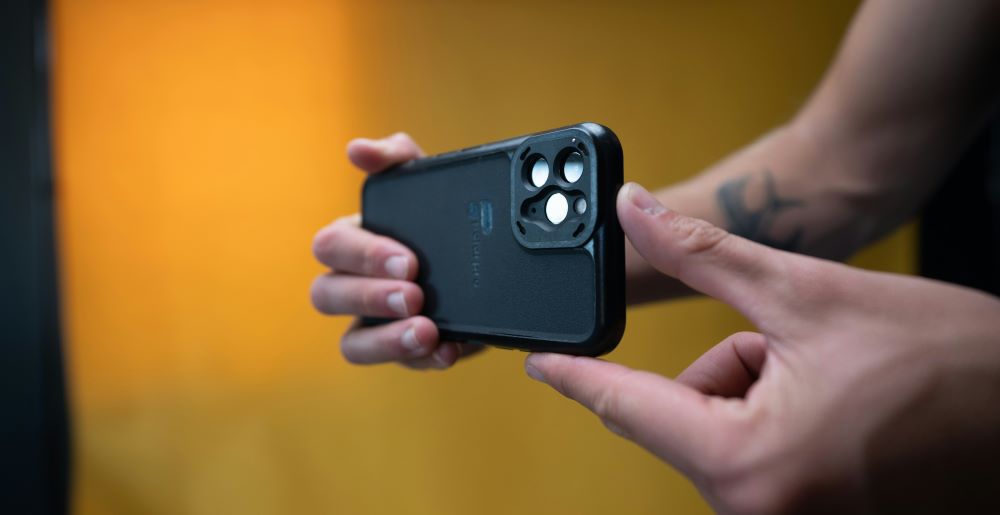 YouTube today launched the latest product in its line of additional monetisation options for creators, ‘Super Stickers’. Super Stickers are small animations which audiences can pay to post in the chat section of a YouTube live stream, or of a YouTube Premiere (where a creator sets a pre-recorded video to go live at a certain time, and invites their audience to watch it simultaneously). YouTube says the idea is to give audiences a fun way to show their appreciation to their favourite creators, and whilst they might seem like a bit of a gimmick to older generations, the platform believes they have the potential to be a significant earner for creators as many continue to look for non-advertising sources of revenue.
YouTube today launched the latest product in its line of additional monetisation options for creators, ‘Super Stickers’. Super Stickers are small animations which audiences can pay to post in the chat section of a YouTube live stream, or of a YouTube Premiere (where a creator sets a pre-recorded video to go live at a certain time, and invites their audience to watch it simultaneously). YouTube says the idea is to give audiences a fun way to show their appreciation to their favourite creators, and whilst they might seem like a bit of a gimmick to older generations, the platform believes they have the potential to be a significant earner for creators as many continue to look for non-advertising sources of revenue.
Super Stickers are essentially an extension of the ‘Super Chat’ feature which launched several years ago, where audiences can pay to have special highlighted message appear within a live stream or premiere live chat. Each individual sticker has a set price, which can be anywhere between £0.99 and £50 (for stickers released so far). Any YouTube creator over 18 years old who is part of YouTube’s partner programme (which allows creators to run ads), will be able to enable Super Stickers. Creators will receive 70 percent of revenue generated by sales, with the other thirty percent going to YouTube.
Whilst older generations might balk at the idea of paying fifty pounds to pay for a small icon which will appear briefly within a fast-moving live chat, these features are as much about giving fans a way to financially support their favourite creators as it is about the benefits they themselves get. “It’s a way for fans to say something a little bit different that’s really going to stand out,” said Chip Horne, global head of alternative monetisation at YouTube. “Often it’s a way to say ‘thank you’, in a way that really jumps out from the screen.”
YouTube has rolled out a number of alternative monetisation tools over the past few years – alongside Super Chat and Super Stickers, the company has also launched ‘Memberships’, where audiences can pay for access to exclusive content, and ‘Merch’, where YouTubers can sell branded merchandise directly through their YouTube channel via third-party e-commerce integrations. Many of these started life on YouTube’s now discontinued Gaming app, which was centred around video game live streams similar to Twitch. But Horne says YouTube has been working to make these tools available to a wider variety of creators – not just those who make gaming content, or those who run live streams.
For some creators, these features have become their primary form of monetisation rather than an additional revenue source. Earlier this year YouTube announced that there are now 20,000 channels which make more money from Super Chat than they do from ads. “For some, it’s their number one revenue stream on YouTube, and it can transform what YouTube is for an individual creator,” said Horne. “And while they’re not that frequent, we’ve seen some live streams where the creator is earning over $400 per minute.”
Horne says these tools can be particularly useful for smaller, more niche channels which are limited in their ability to generate ad revenue. He gave the example of ‘Big Jet TV’, a YouTuber who live streams footage of big jets taking off and landing at airports. “That’s never going to become a mainstream, household name channel. But there are thousands of people around the world who love that kind of thing,” he said.
“He does run ads, but for a channel that size it’s hard for ads to become really meaningful. But what you can do with things like stickers is make money directly from your audience, and have opportunities where your audience can directly support you, or pay to get a little bit extra,” said Horne. Big Jet TV says he now makes eight times more revenue from memberships than he does from ads.
But for creators more generally, Horne says that while these features won’t replace ads, they are an effective way to diversify revenue. “We’re definitely not telling people to turn off ads, advertising is still going to be extremely important,” he said. “But for any business, if you can diversify your revenue streams, it’s more sustainable generally”.
This need to diversify revenue has been driven in part by some of YouTube’s brand safety problems, and the resulting squeeze on creators’ ad revenues. In response to advertisers’ concerns around ads appearing next to inappropriate content, YouTube has tightened its rules for monetisation, resulting in many YouTubers (particularly those with more edgy or adult-oriented content) seeing a significant drop in ad revenue.
Many of these have subsequently turned to off-site solutions like Patreon, a crowdfunding membership platform, as alternatives. YouTube’s alternative monetisation tools are essentially a way to keep these creators fully within YouTube’s ecosystem, giving similar tools to those provided by these third-party sites. This can have advantages for the creators themselves – as Horne said, they allow creators to centralise their businesses on one platform, making it easier to interact with their audiences. But there are benefits for YouTube too of course as they receive a cut of these non-advertising revenue streams.






